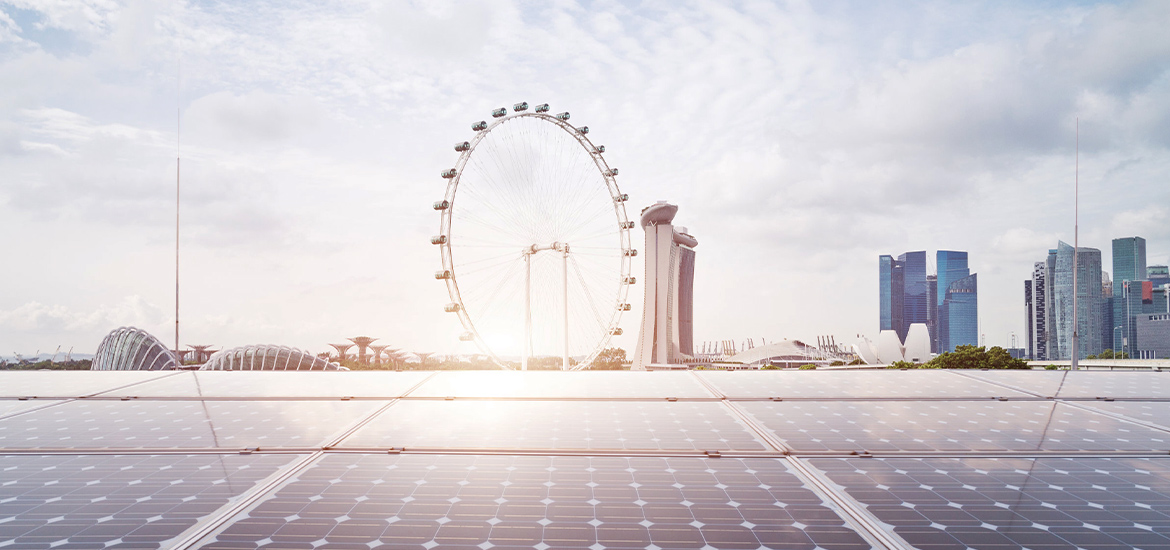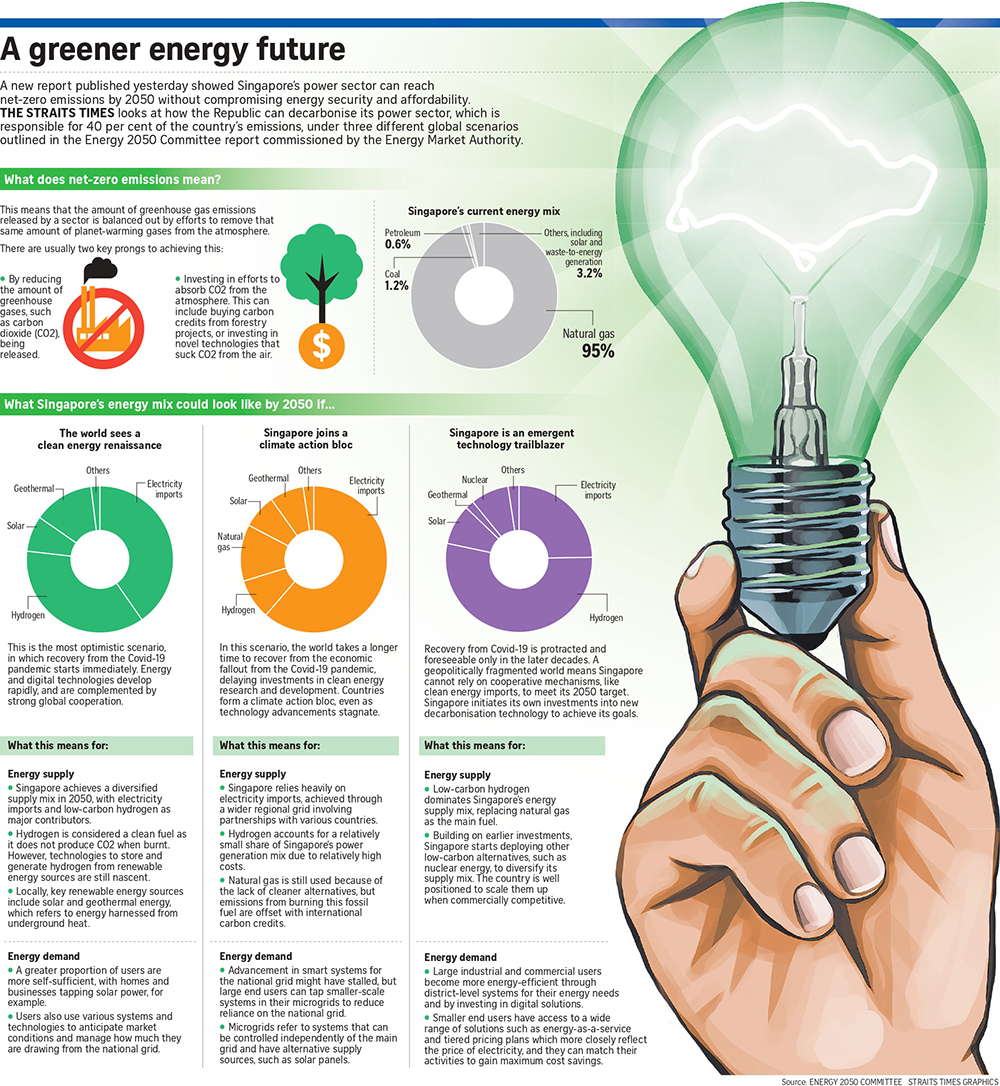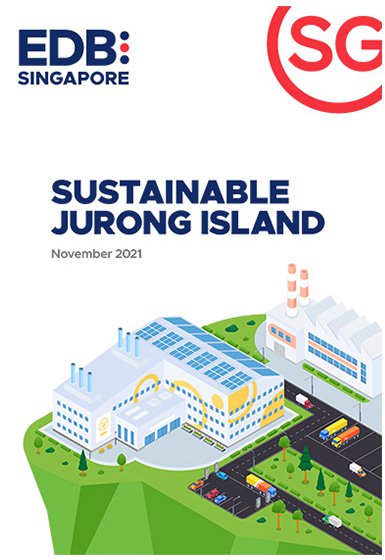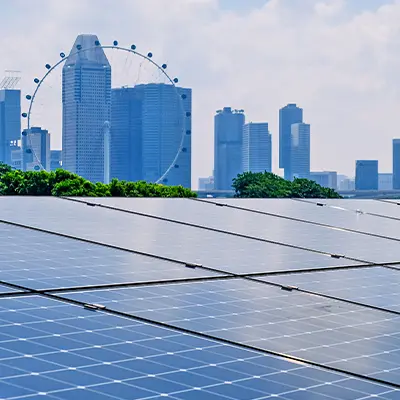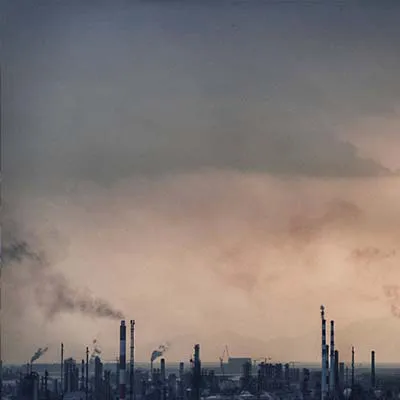Singapore's power sector now produces about 40 per cent of the country's emissions, but the sector could realistically bring this down to net zero by 2050, said a new report published on Tuesday (March 22).
The Energy 2050 Committee report, commissioned by industry regulator Energy Market Authority (EMA), said achieving this target can be done in ways that will neither compromise Singapore's energy security nor affordability.
Importing more clean energy into Singapore through regional power grids, developing infrastructure suitable for clean-burning hydrogen to be used as a fuel and maximising solar panel deployment are some of the strategies the report recommended, with inputs from energy experts.
The report comes after Singapore announced last month that it will aim for national emissions to reach net zero "by or around" that same mid-century timeline.
Most of Singapore's energy is generated by natural gas, a fossil fuel, which means burning it produces planet-warming emissions into the atmosphere.
The power sector accounts for about 40 per cent of the country's total emissions currently. About 45 per cent of national emissions comes from the industrial sector, while land transport here makes up about 14 per cent of the total emissions inventory.
But the power sector is likely to contribute a larger percentage to Singapore's emissions in the years ahead, especially with the move towards digitalisation and the electrification of vehicles here.
So if the emissions from the power sector can be tapered down to net zero, it would put the Republic in a better position to achieve its climate targets.
In the foreword of the 55-page report, EMA chairman Richard Lim said: "The world is now at an inflection point, with the global imperative of addressing climate change driving a shift towards a low-carbon future."
Singapore is committed towards this global endeavour, he said, adding that the energy sector will have to play a significant part in the nation's decarbonisation efforts.
Mr Lim, highlighting how Singapore lacks natural resources and the ability to access other forms of renewable energy other than solar, said the energy transition will require a clear-minded weighing of the trade-offs across energy security, energy affordability, and environmental sustainability.
The report by the committee - which comprises nine representatives from academia, policy and industry, who also consulted other energy experts on their views - sets out nine strategies in total for Singapore's power sector to achieve its net-zero target. The strategies include keeping abreast of research into emerging low-carbon technologies, such as nuclear or carbon capture; buying international carbon credits to offset emissions from any fossil fuels that have to be burned locally; managing energy demand; and leveraging digital technologies.
Development of multi-layered grids; and shaping end user consumption through demand-side technologies, such as smart energy management systems, are also recommended.
Singapore's current electricity grid is largely a single-layered one, where electricity produced by generation companies flow into the national grid that households and businesses draw on.
But there could be other sources of energy in a multi-layered grid, such as solar panels atop a building, for example.
